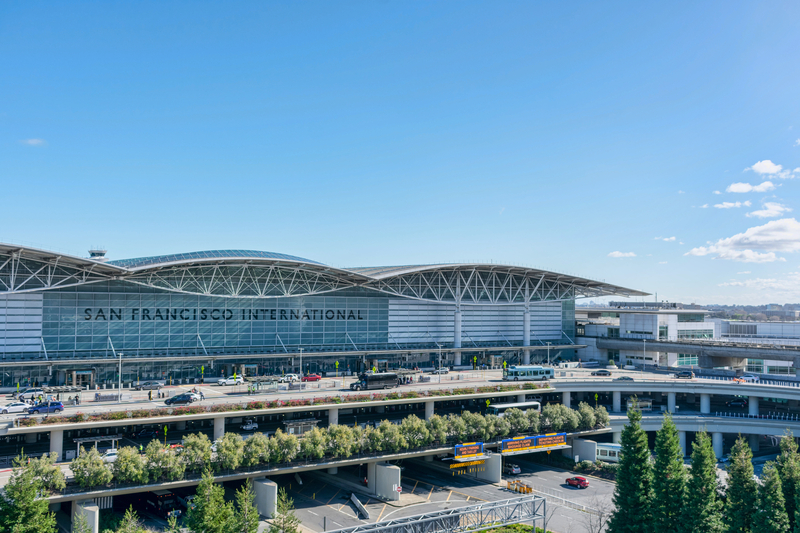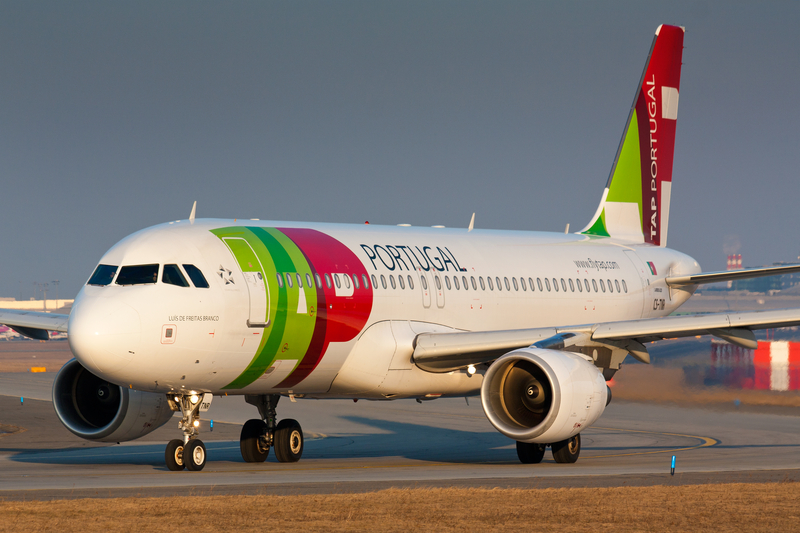Dubai Dethrones Atlanta As World’s Busiest Airport – With Zero Domestic Flights

ID 40450873 | Dubai Airport © Typhoonski | Dreamstime.com
Dubai International Airport (DXB) has officially edged past Hartsfield–Jackson Atlanta International Airport (ATL) to become the busiest airport in the world by total seat capacity this month.
According to the latest schedule data, DXB is offering around 5.3 million seats, giving it roughly a 2% lead over ATL, or about 104,000 more seats. What makes this especially remarkable is that every single one of those seats is on an international flight — Dubai has no domestic market at all.
ATL, by contrast, has historically held the global top spot thanks to its enormous US domestic network and its role as Delta Air Lines’ primary hub.
How Dubai Overtook Atlanta
DXB has been the world’s busiest international airport for over a decade, having overtaken London Heathrow (LHR) in that category years ago. But this is the first time it has taken the overall global crown, including domestic flying.
A few key trends explain Dubai’s rise:
-
Capacity growth: DXB is offering about 5% more seats this month than during the same period last year. ATL’s capacity is roughly flat versus last year.
-
Hub expansion: Emirates and flydubai — the airport’s two largest operators — continue to add routes and frequencies, especially across Europe, Asia, and Africa.
-
New widebodies: Emirates has taken delivery of 13 Airbus A350s in the past year, allowing it to grow long-haul capacity while refreshing older jets.
In 2024, DXB handled more than 92.3 million passengers, its highest total ever. Airport CEO Paul Griffiths has publicly set an ambitious target:
DXB is aiming to reach 100 million passengers per year by 2027.
Given this month’s numbers, that milestone looks increasingly realistic.
Did US Disruptions Help Push Dubai Into First Place?
Dubai’s rise is clearly rooted in long-term growth, but external factors in the United States may also have helped tip the balance — at least in the short term.
For over a month, US airports have been dealing with:
-
Widespread delays and cancellations tied to the federal government shutdown
-
Severe staffing shortages among air traffic controllers
-
A new FAA-mandated 10% capacity cut at the country’s 40 busiest airports — ATL included
Flight data from recent days shows how hard Atlanta has been hit:
| Date (November) | Cancellations at ATL |
|---|---|
| Thursday 6 | 12 |
| Friday 7 | 87 |
| Saturday 8 | 368 |
| Sunday (so far) | 214 |
Those numbers represent thousands of lost seats in just a few days. Over a full scheduling period, that kind of disruption can absolutely affect where an airport ranks globally.
Some US airports are already exploring creative workarounds. Denver International Airport (DEN) has floated a proposal to pay ATC, TSA, and other federal staff directly to avoid the 10% capacity cut, though that plan still requires FAA approval.
So while Dubai’s growth is organic and long running, the timing of this particular milestone is almost certainly being influenced by the turbulence in the US system.
Dubai World Central: The Next Stage Of Growth
Even if ATL recovers some ground once the shutdown saga ends, Dubai is clearly playing a longer game. DXB itself is only part of the story.
The emirate is already moving ahead with plans to shift major operations to Dubai World Central (DWC) in the coming years. The vision for DWC makes DXB look almost modest:
-
Five runways (vs. DXB’s two)
-
Ultimate capacity of around 260 million passengers per year
-
Capability to handle roughly 12 million tonnes of cargo annually
The heavy lifting will again be driven by Emirates:
-
The airline already operates more than 270 widebody aircraft, including Airbus A380s and Boeing 777s.
-
It has nearly 300 additional widebodies on order on the passenger side alone. While some will replace older jets, a significant number will be true growth capacity layered on top of the existing fleet.
As more of those aircraft arrive and long-haul demand continues to rebound, Dubai’s role as a global super-hub will only deepen.
What This Means For Travelers & Airlines
For travelers, Dubai’s new title mostly confirms what many already feel when connecting through DXB:
-
You’re passing through one of the most heavily trafficked crossroads on the planet.
-
Competition on many DXB routes — especially to Europe, South Asia, and Australasia — tends to keep fares sharp and schedules dense.
For airlines and airports, though, this ranking matters symbolically. It underscores a structural shift:
-
Global growth is increasingly centered on international hubs connecting multiple regions, not just domestic mega-hubs.
-
The Gulf carriers’ hub-and-spoke model remains incredibly powerful, especially as long-haul traffic recovers faster than some domestic markets.
Atlanta will remain a giant in its own right, but Dubai’s ascent shows how quickly the balance can shift when one side is building runways and fleets — and the other is wrestling with political and regulatory gridlock.
Bottom line
Dubai International Airport (DXB) has finally overtaken Atlanta (ATL) to become the world’s busiest airport by total seat capacity, despite having no domestic flights. While US capacity cuts and operational chaos may have helped nudge it over the line this month, Dubai’s rise has been a long time coming — and with plans to move to the mega-hub at Dubai World Central and hundreds of new widebodies on order, it’s hard to see that momentum slowing down any time soon.





